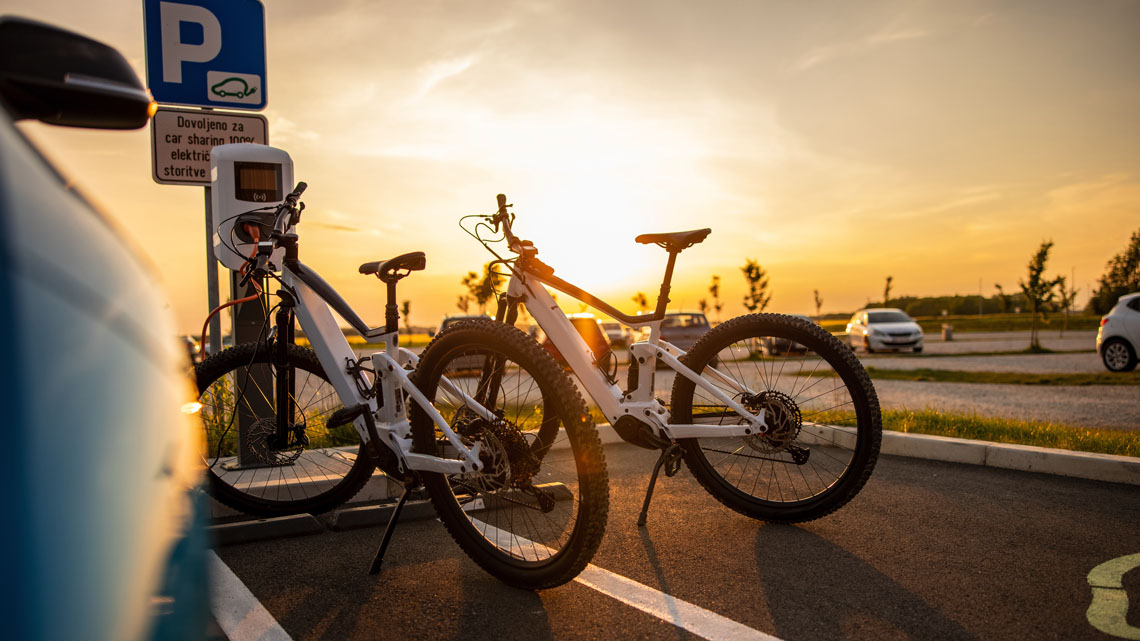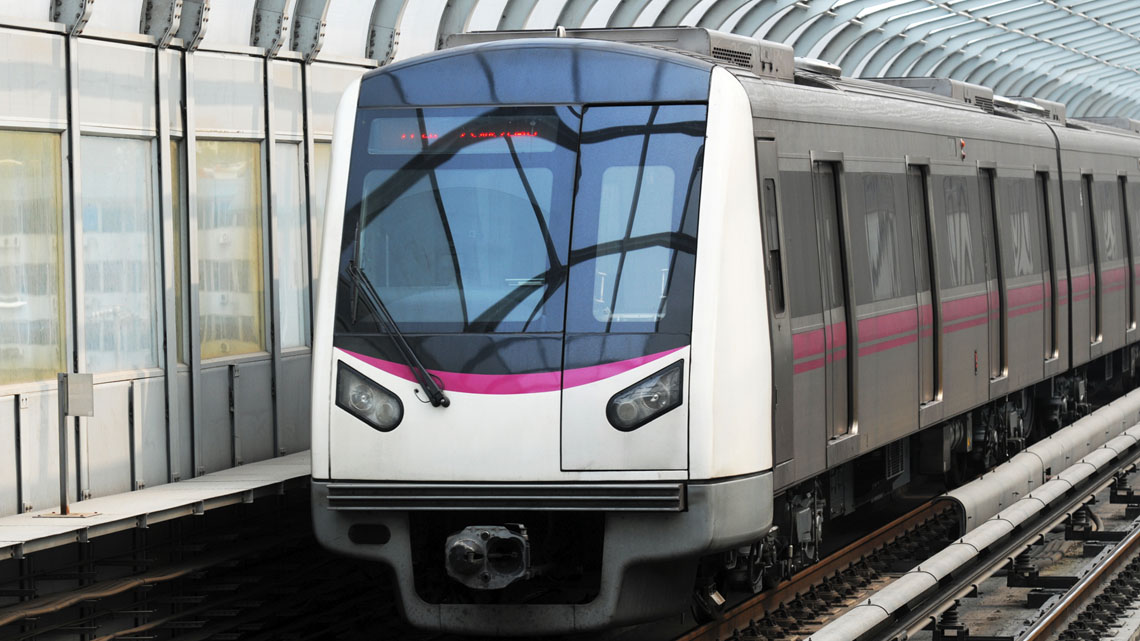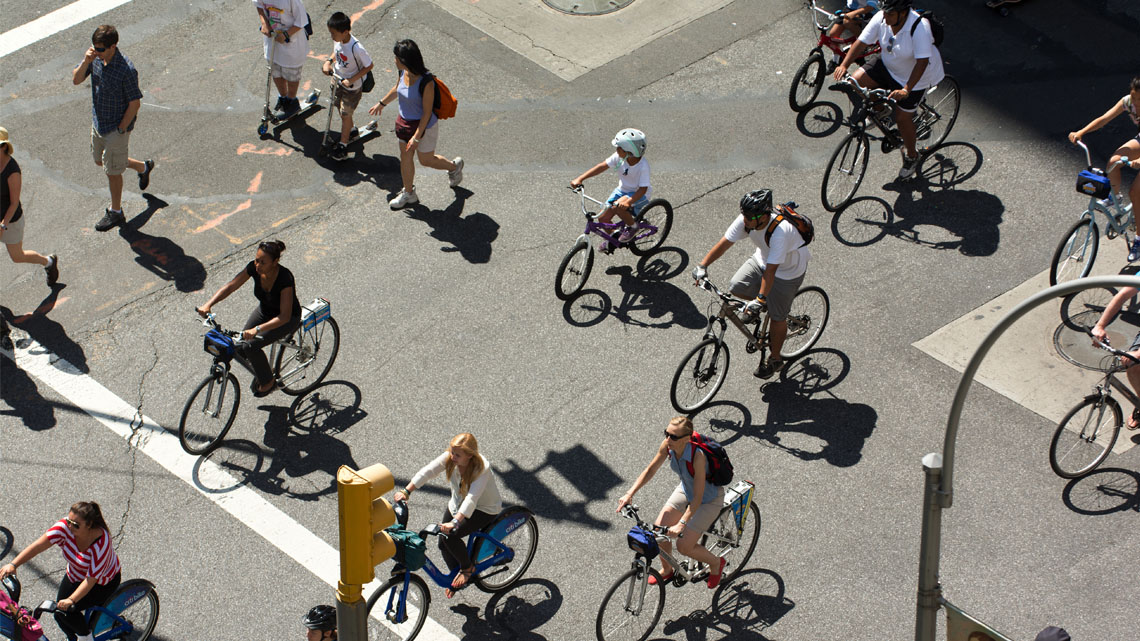Minds On
How does it move?
Explore the following images. As you are exploring, record the different types of transportation in each image, and any similarities or differences that you notice.
Think about the different types of transportation that you just explored and respond to the following questions. You may record your responses using a method of your choice.
- What is needed for each of these methods of transportation to work? What energy source is needed to power them?
- How do you think these modes of transportation are impacting the environment?
- Can you brainstorm any other modes of transportation?
Action
Types of transportation

In the Minds On section, you explored different kinds of transportation that are available. Different types of transportation technology have different impacts on people and the environment.
Some transportation systems contribute to air pollution which degrades the quality of air humans and animals breathe in and contributes to climate change.
Also, the building of roadways or highways increases the loss of animal habitat. However, there are sustainable transportation options that are cleaner for the environment, such as carpooling and public transportation. Innovative technologies, such as electric cars, also provide alternative solutions that decrease the risk to the environment. Let’s learn more!
Pros and cons
Throughout this section you will be using the Scientific Research Process to gather information about different transportation technologies and identify the positive and negative impacts of them.
Using the following information, and additional information from the web if you choose, respond to the following question:
What are the pros and cons of different transportation modes?
As you gather information, consider the Scientific Research Process.
Check out this video to learn about the steps of the Scientific Research Process.
Complete the Pros and Cons in your notebook or using the following fillable and printable document. If you would like, you can use speech-to-text or audio recording tools to record your thoughts.
| Mode of transportation (list a few examples) |
Pros (advantages) | Cons (disadvantages) |
|---|---|---|
| Fossil fuel: | ||
| Green and/or sustainable: |
Press the ‘Activity’ button to access the Pros and Cons.
Fossil fuels
Fossil fuels are formed from the decomposing of plants and animals from millions of years ago, which is why they are called “fossil” fuels. Similar to oil and natural gas, fossil fuels are extracted from the land and are non-renewable energy sources, meaning they will eventually run out.
Any type of transportation that relies on gasoline, even trains and planes, use fossil fuels to work. Fossil fuels are often used because they are inexpensive, and they are easy to store and transport.
However, current uses of fossil fuels have negative effects on our environment. In order to extract fossil fuels, companies need to develop systems such as wells, pipelines, access roads, waste storage, and waste disposal. All of this development can harm habitats and affect the quality of land. Animals are forced to new locations or exposed to harmful pollutants in the water, soil, and air.
Runoff from these extraction sites can end up in waterways and pollute the water that many animals rely on to live, including making the water unsafe to drink for local communities.
Lastly, when fossil fuels are burned, they release a large amount of greenhouse gas (carbon dioxide) into the air. These emissions trap heat in the atmosphere, which is causing global warming and therefore speeding up climate change.
Learning check!
For each sentence, select the missing words from the drop-down menu.
What is climate change?
Climate change describes a change in temperature and rainfall in a particular area over a long period of time. This effects the environment, plants, animals and humans gradually and leads to different adaptations.
But what happens when we speed up climate change?
David Suzuki is a Canadian scientist, teacher, author, and environmental activist. He shared many facts and ideas about nature and the environment through his show The Nature of Things with David Suzuki. He created the David Suzuki Foundation in 1990 to address climate change and help protect the land, animals, and plant life.
Explore this video entitled “David Suzuki Part 2” to learn more about climate change.
What specific facts did David Suzuki share about how temperature normally change on earth?
Press ‘Possible Answer’ to access the facts, David Suzuki, shares about the average global temperature change.
David Suzuki shared that there is a change of approximately 1 degree every 1000 years. However, in the last 150 years the temperature has already gone up by 1 degree and will reach 2 degrees by mid-century.
This means that nature does not have time to adapt as it normally would.
How have human beings contributed to raising the global temperature?
Press ’Possible Answer’ to access how humans have contributed to raising the global temperature.
Humans have been creating a lot of greenhouse gases that are trapping the heat and so we have made climate change unnatural.
David Suzuki shared that the over-production of greenhouse gases has contributed to speeding up climate change.
As temperatures increase globally, they create many changes around the world. These include:
- melting snow and ice in the northern regions
- loss of habitats (homes) for different animals
- changes in the pattern of seasons around the world
- increase in natural disasters (i.e. tornadoes, earthquakes, wildfires, hurricanes etc.)

A chart detailing the effects of rising global temperatures. The effects include heat waves, wildfires, droughts, changes in plant life cycles, changes in animal migration, damage to corals, rising sea levels, and stronger storms.
- How are fossil fuels impacting the environment?
- How are fossil fuels contributing to climate change?
Now, take a moment to ensure you have added information to your chart about the advantages and disadvantages of using modes of transportation that rely on fossil fuels.
Green transportation options

We can reduce this consumption of fossil fuels by finding alternative, renewable methods of energy production. Using sustainable “green” energy sources like solar power and wind turbines reduces our carbon footprint and protects the planet. Sustainable transportation refers to any transportation that has a low pollution impact on the environment. For example: walking, cycling, skateboarding, public transportation, and carpooling are types of sustainable transportation.
In Canada, over the past 20 years, greenhouse gases created by fossil fuel burning transportation has increased by nearly one third. Fossil fuel burning transportation makes up 27% of Canada’s total emissions.
When examining all types of transportation walking and cycling have zero emissions. Trains and bus travel have lower emissions per passenger compared to cars.

A table breaking down grams of carbon dioxide emissions per kilometre per person. By car: 170 grams, by bus: 118 grams, by train: 45 grams, and by walking/cycling: 0 grams.
However, these lower emission options are not always available for everyone and depend on location and accessibility. For example, there may be a lack of sidewalk space or safety concerns travelling on a busy road. Not all cities have proper and safe places to store and secure/park these transportation methods.
Lastly, weather concerns, such as rain, wind, or snow, make it difficult for commuters to use these forms of transportation.
New technology
Engineers are involved in designing many new transportation technologies that are sustainable and environmentally friendly.
One example of this is an electric or battery-operated car. Instead of using gasoline (fossil fuels), electric cars work by plugging into a charge point and getting electricity from the grid which is often generated by sustainable energy sources like hydroelectric powerstations.
This also saves the consumer money from purchasing gas to fill up their vehicles on a regular basis. However, electric cars can be fairly expensive to purchase and travelling long distances is hard because you have to stop along the way and wait for your car to charge. The average electric car can travel approximately 400km and can take anywhere from 1 to 8 hours to charge depending on battery size and voltage of the charger. Also, there are some communities that do not yet have access to charging stations, meaning someone may only be able to charge their car at home.

Other technologies are being designed and developed by engineers every day. For example, “e-bikes” (electric bicycle) are motorized bicycles that contains a battery pack and electric powered motor to help the rider. The rider still needs to peddle, but the stored power in the battery can be used by the electric motor to make peddling easier. Also, if the battery runs out, you can still ride the bike by peddling like a traditional bike, travelling approximately 70-100km per charge.
E-bikes can travel faster than a traditional bike because of the electric motor and generally requires very little maintenance. E-bikes are more expensive than traditional bikes to purchase and very heavy to carry on their own because of the battery pack and electric motor.

Pause and Reflect
Pause and reflect
Choose two of the following questions to respond to. Then, take a moment to ensure you have added information to your chart about the advantages and disadvantages of using sustainable transportation methods.
- Why is it important that engineers are developing sustainable transportation options?
- What kind of problems can be solved using electric vehicles? What other transportation inventions and innovations do you know of?
- How can we get more people to use sustainable transportation methods? What is something you can do to encourage more kids to use an active mode of transportation to get around their communities?
Consolidation
Let’s reflect!
This learning activity connects new and existing approaches for young scientists to create positive changes in their communities.

Using the information that you explored about different types of transportation methods respond to the following questions. Record your responses using a method of your choice.
- Based on what you learned about sustainable transportation, what kind of direction can we go in as we move into the future?
- What kind of research and work in the area of transportation could scientists and engineers do to help us protect our environment in the future?
- Consider what kind of transportation option you would like to try/explore in the future. How will your option reduce energy consumption and/or greenhouse gas emissions?
- Is new technology more effective than older technology? Why or why not?
Reflection
As you read through these descriptions, which sentence best describes how you are feeling about your understanding of this learning activity? Press the button that is beside this sentence.
I feel...
Now, record your ideas using a voice recorder, speech-to-text, or writing tool.





